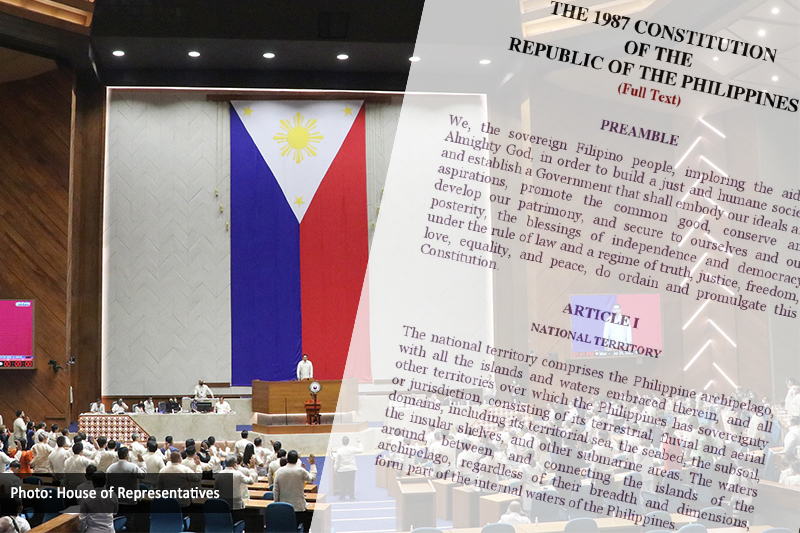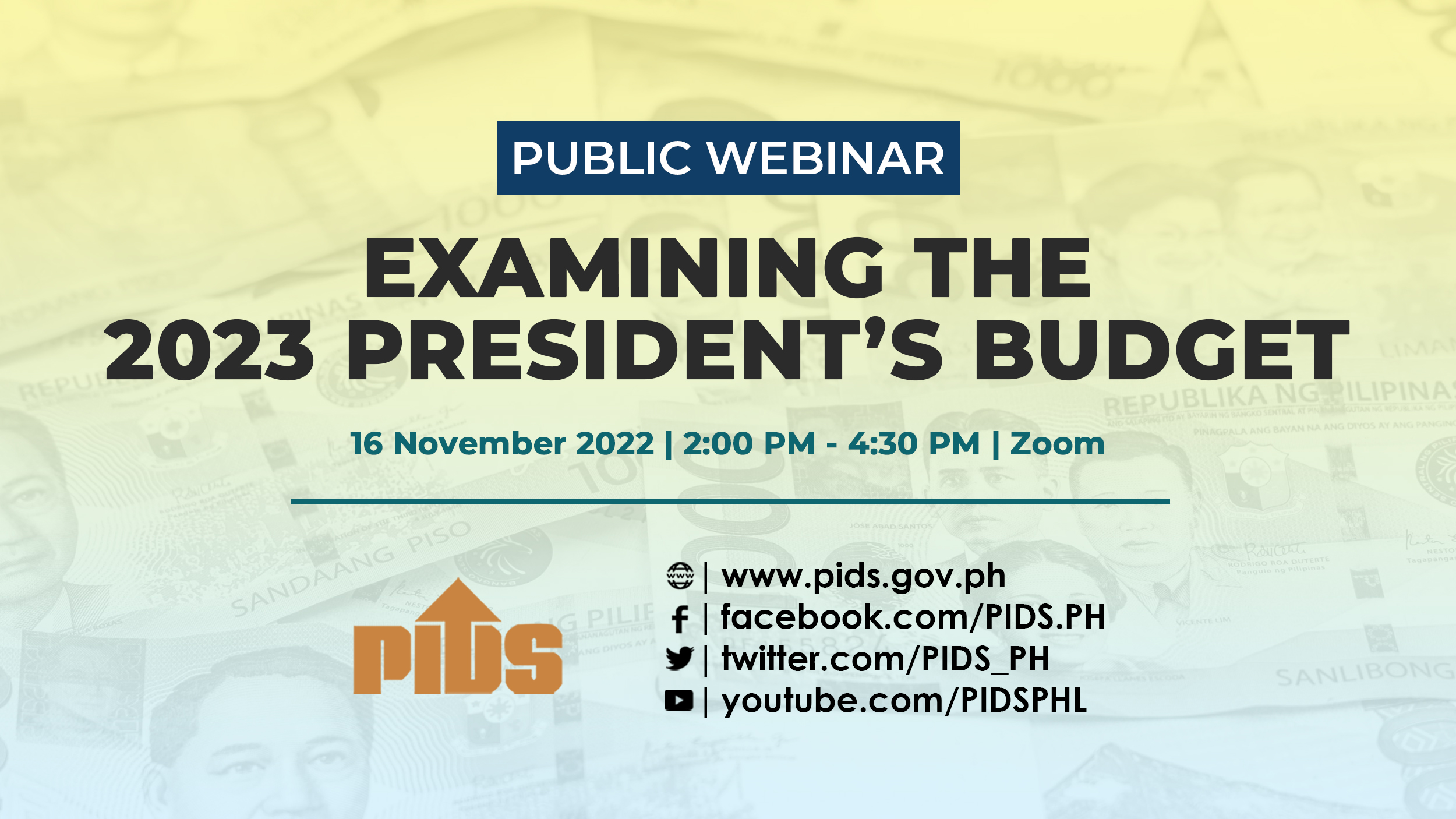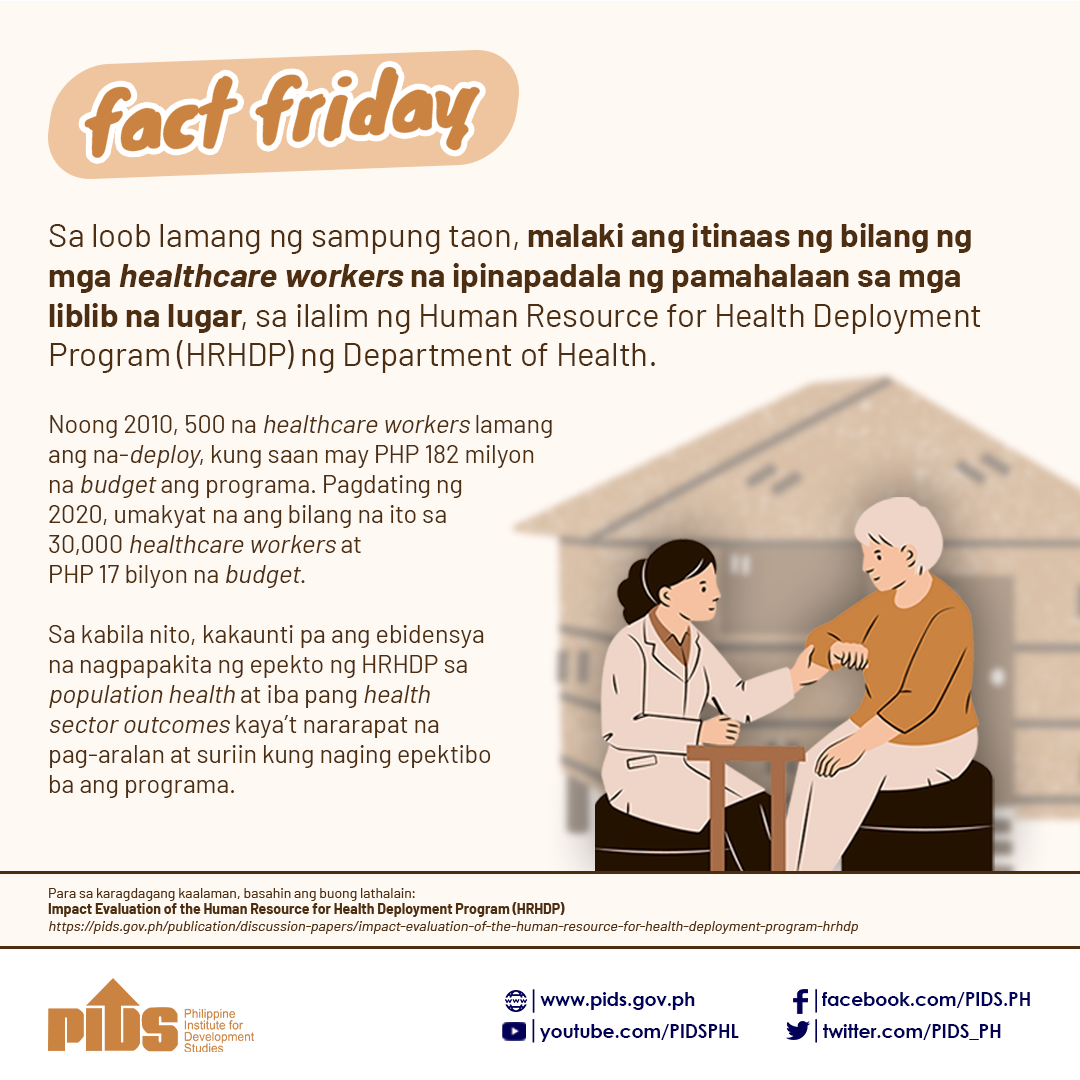The full implementation of the National Greening Program (NGP) could result in faster poverty reduction nationwide, according to researchers from the Philippine Institute for Development Studies (PIDS).
In a Policy Note, titled Economic and poverty impacts of the National Greening Program, PIDS researchers said poverty reduction nationwide could be reduced by 2.55 percent in 2030 and 5.93 percent in 2050.
This means that the poverty rate of 24.85 in 2012 could be reduced to 24.22 percent in 2030 and 23.38 percent in 2050.
“The simulation results indicate that a full implementation of the NGP generates notable poverty reduction effects in the long run as factor payments improve and consumer prices decline,” the report read.
Poverty incidence in urban and rural areas nationwide could also go down from the 2012 levels.
In urban areas, poverty incidence could decline by 2.75 percent in 2030 and 6.7 percent in 2050.
This will result in the decline of poverty incidence to 11.25 percent in 2030 and 10.8 percent in 2050, from 11.57 percent in 2012.
In rural areas, poverty incidence is expected to decrease by 2.49 percent in 2030 and 5.72 percent in 2050.
This means poverty incidence could go down to 34.7 percent in 2030 and 33.55 percent in 2050 from 35.58 percent in 2012.
However, the report noted that implementing the NGP in full will prove to be “difficult” and that it will be “more realistic” to expect only a partial implementation of the program.
“A full implementation of a reforestation program may be difficult to achieve, as the previous reforestation efforts in the country would indicate,” the report read.
“This implies that the results under a partial NGP are more realistic and are likely to be achieved, unless the government exerts extra effort to significantly push for a full implementation of the reforestation program,” it added.
Under a partial implementation of the NGP, poverty incidence is expected to decline by 0.64 percent in 2030 and 1.63 percent in 2050.
This means the poverty incidence rate will drop by 24.69 percent in 2030 and 24.44 percent in 2050, from 24.85 percent in 2012.
Urban and rural poverty are also expected to go down under a partial NGP implementation.
Urban-poverty incidence is expected to decline 0.58 percent in 2030 and 1.7 percent in 2050. Rural poverty, meanwhile, is expected to decline 0.66 percent in 2030 and 1.61 percent in 2050.
This means urban poverty will decline to 11.50 percent in 2030 and 11.37 percent in 2050, from 11.57 percent in 2012.
Rural poverty is expected to decline to 35.35 percent in 2030 and 35.01 percent in 2050, from 35.58 percent in 2012.
The report was based on a PIDS study by a research team led by Caesar B. Cororaton that assessed the economic impact of the NGP of the Department of Environment and Natural Resources.
The study was part of the economic component of a bigger impact assessment of the NGP that also included three other areas of concern: environmental, social and institutional.
The study carried out policy simulations to establish impacts complementing the economic component’s assessment.
In a Policy Note, titled Economic and poverty impacts of the National Greening Program, PIDS researchers said poverty reduction nationwide could be reduced by 2.55 percent in 2030 and 5.93 percent in 2050.
This means that the poverty rate of 24.85 in 2012 could be reduced to 24.22 percent in 2030 and 23.38 percent in 2050.
“The simulation results indicate that a full implementation of the NGP generates notable poverty reduction effects in the long run as factor payments improve and consumer prices decline,” the report read.
Poverty incidence in urban and rural areas nationwide could also go down from the 2012 levels.
In urban areas, poverty incidence could decline by 2.75 percent in 2030 and 6.7 percent in 2050.
This will result in the decline of poverty incidence to 11.25 percent in 2030 and 10.8 percent in 2050, from 11.57 percent in 2012.
In rural areas, poverty incidence is expected to decrease by 2.49 percent in 2030 and 5.72 percent in 2050.
This means poverty incidence could go down to 34.7 percent in 2030 and 33.55 percent in 2050 from 35.58 percent in 2012.
However, the report noted that implementing the NGP in full will prove to be “difficult” and that it will be “more realistic” to expect only a partial implementation of the program.
“A full implementation of a reforestation program may be difficult to achieve, as the previous reforestation efforts in the country would indicate,” the report read.
“This implies that the results under a partial NGP are more realistic and are likely to be achieved, unless the government exerts extra effort to significantly push for a full implementation of the reforestation program,” it added.
Under a partial implementation of the NGP, poverty incidence is expected to decline by 0.64 percent in 2030 and 1.63 percent in 2050.
This means the poverty incidence rate will drop by 24.69 percent in 2030 and 24.44 percent in 2050, from 24.85 percent in 2012.
Urban and rural poverty are also expected to go down under a partial NGP implementation.
Urban-poverty incidence is expected to decline 0.58 percent in 2030 and 1.7 percent in 2050. Rural poverty, meanwhile, is expected to decline 0.66 percent in 2030 and 1.61 percent in 2050.
This means urban poverty will decline to 11.50 percent in 2030 and 11.37 percent in 2050, from 11.57 percent in 2012.
Rural poverty is expected to decline to 35.35 percent in 2030 and 35.01 percent in 2050, from 35.58 percent in 2012.
The report was based on a PIDS study by a research team led by Caesar B. Cororaton that assessed the economic impact of the NGP of the Department of Environment and Natural Resources.
The study was part of the economic component of a bigger impact assessment of the NGP that also included three other areas of concern: environmental, social and institutional.
The study carried out policy simulations to establish impacts complementing the economic component’s assessment.











